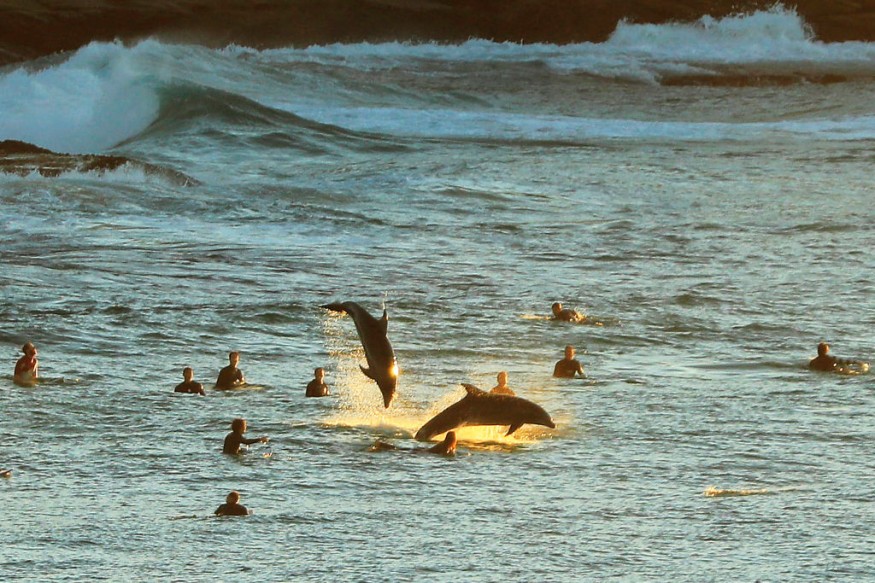
A friendly dolphin catching public attention off the coast of North Padre Island, Texas raised concerns for Texas wildlife experts.
The lone dolphin was first spotted in the adjacent canals near North Padre Island just south of Corpus Christi on March 2020, and had inhabited the coast since then.
The dolphin had developed a human behavior over time which worries the National Oceanic and Atmospheric Administration's (NOAA) fisheries division for the safety risks this put to the dolphin.
As the residents in the area become more interested in the dolphin, the animal gained popularity from across social media which encouraged visitors from other places to seek out the animal and interact with it.
NOAA and biologists from Texas Marine Mammal Stranding Network (TMMSN) found the human interaction fatal and dangerous for the extroverted mammal and called for restriction of swimming, riding, or petting the dolphin to protect it from serious danger.
Loving Dolphins from a Distance
Biologists prohibit human interaction of the dolphin for the main reason that it can grow more comfortably around human figures, drawing them into approaching boats for instance, or getting stuck in fishing nets. Marine experts recently reported a wounded dolphin which appeared to have been injured from a boat propeller.
NOAA and TMMSN along with marine mammal veterinary experts are currently monitoring the severity of the injury. Nonetheless, officials say it is more than clear that the dolphin is already in danger from occurring human interactions.
Moreover, according to NOAA, tickets will be issued by its Office of Law Enforcement to people seen petting, feeding, or riding the dolphin, with fines ranging from $100 to $250. The organization believes that the best way to protect and ensure that dolphins survive and live a full life is by living them from afar.
Petting Dolphins Was Made Illegal
Under federal law, harassing marine animals is illegal and subject for consequences. Human interaction is considered a form of harassment as it disturbs and governs a change of behavior in dolphins, making them susceptible to getting harmed. In better definition, the interaction includes feeding, swimming with, or petting it. If this change continues, the dolphin will also change its behavior towards people.
"We view this as a human behavior problem. We know if people change their behavior, the dolphin's behavior will also change, and we can prevent future injuries to people and the dolphin," TMMSN said in a statement.
Why not just relocate the dolphin then?
Relocation of the marine animal is discouraged for a lot of reasons and not an effective long-term solution. Research shows that a dolphin will not likely survive if moved from the area it already considered as its home. Moving it to a different environment could leave it vulnerable as it 'may not be accepted by other dolphins', and could affect its search for food or prey. In addition, it might teach other dolphins to socialize with people, or would simply return to its known home.
It is clear that human behavior is the root problem and the one to be primarily addressed to protect dolphins form future injuries.
© 2025 NatureWorldNews.com All rights reserved. Do not reproduce without permission.





